Home>Gardening & Outdoor>Landscaping Ideas>When To Plant Grass Seed In Minneapolis
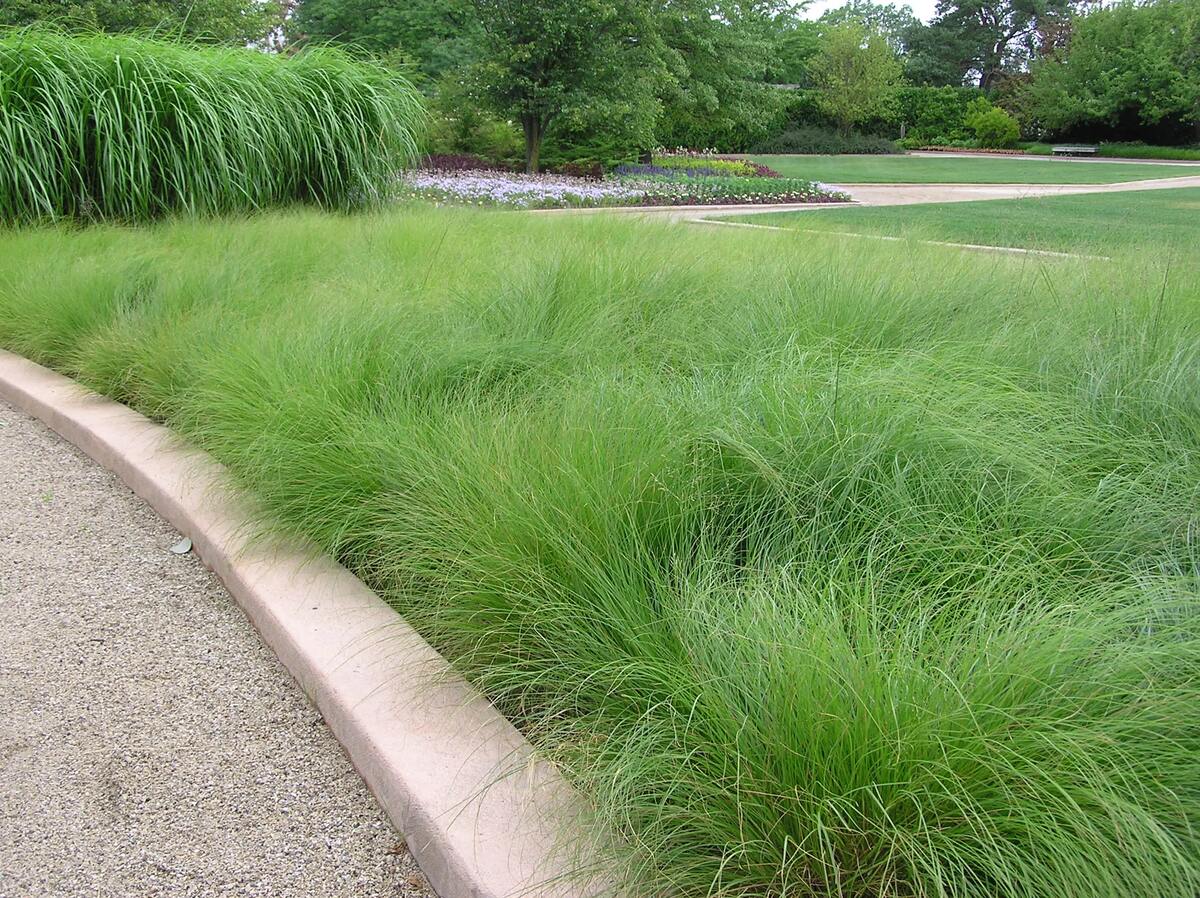

Landscaping Ideas
When To Plant Grass Seed In Minneapolis
Modified: February 18, 2024
Looking for landscaping ideas in Minneapolis? Find out the best time to plant grass seed and create a lush, green lawn for your outdoor space.
(Many of the links in this article redirect to a specific reviewed product. Your purchase of these products through affiliate links helps to generate commission for Storables.com, at no extra cost. Learn more)
Best Time to Plant Grass Seed in Minneapolis
Choosing the right time to plant grass seed in Minneapolis is crucial for a successful and thriving lawn. The climate in Minneapolis, characterized by cold winters and warm summers, greatly influences the growth and development of grass. Understanding the best time to sow grass seed is essential for ensuring optimal germination and establishment.
In Minneapolis, the ideal time to plant grass seed is during the late summer to early fall, typically from late August to mid-September. During this period, the soil is still warm from the summer months, which promotes rapid seed germination. Additionally, the cooler air temperatures reduce the likelihood of heat stress on the young grass plants. This combination creates an optimal environment for the grass seed to take root and establish a strong foundation before the onset of winter.
Planting grass seed in the late summer to early fall allows the young grass plants to develop and strengthen their root systems throughout the fall season. This root development is crucial for withstanding the harsh winter conditions in Minneapolis. By the time winter arrives, the grass will have established a robust root network, enabling it to survive the cold and snow.
Furthermore, planting grass seed in the late summer to early fall provides a head start for the grass to flourish in the following spring. The established grass plants will have a better chance of thriving and outcompeting weeds as the temperatures warm up, leading to a lush and healthy lawn.
It's important to note that planting grass seed too late in the fall may not allow sufficient time for the young grass plants to establish themselves before the arrival of winter. Conversely, planting in the spring can be challenging due to the fluctuating temperatures and increased weed competition, making it less favorable than the late summer to early fall window.
By timing the planting of grass seed appropriately, homeowners in Minneapolis can set the stage for a vibrant and resilient lawn that can withstand the rigors of the local climate.
Key Takeaways:
- Plant grass seed in Minneapolis during late summer to early fall for optimal growth. This timing allows the grass to establish strong roots before winter, leading to a vibrant lawn in the following spring.
- Consider climate, sunlight, maintenance, and local regulations before planting grass seed. These factors impact the type of grass seed and overall success of creating a resilient and visually appealing lawn in Minneapolis.
Read more: When To Plant Seeds For Garden
Factors to Consider Before Planting Grass Seed
Before embarking on the journey of planting grass seed in Minneapolis, several crucial factors should be carefully considered to ensure the success of the lawn establishment. These factors play a pivotal role in determining the type of grass seed to select and the overall approach to achieving a healthy and vibrant lawn. Understanding and addressing these considerations can significantly impact the long-term resilience and appearance of the grass.
1. Climate and Soil Conditions
The unique climate and soil conditions in Minneapolis greatly influence the choice of grass seed. It is essential to select grass varieties that are well-suited to the local climate, including cold winters and warm summers. Additionally, understanding the soil composition, drainage, and pH levels is crucial for selecting grass seed that can thrive in the specific soil conditions of the area.
2. Sunlight and Shade
Assessing the sunlight and shade patterns in the lawn area is vital for choosing the right type of grass seed. Some areas may receive ample sunlight throughout the day, while others may be shaded by trees or structures. Selecting grass seed varieties that are tailored to the sunlight and shade levels of the lawn ensures that the grass will receive the necessary light for healthy growth.
3. Maintenance Preferences
Consideration should be given to the level of maintenance and care that the lawn will receive. Some grass varieties require more frequent mowing, watering, and fertilization, while others are more low-maintenance. Understanding the maintenance preferences and capabilities will guide the selection of grass seed that aligns with the desired level of upkeep.
Read more: When To Plant Gaillardia Seeds
4. Traffic and Use
Assessing the intended use of the lawn area is essential for choosing grass seed that can withstand the anticipated foot traffic and activities. For high-traffic areas, durable grass varieties that are resilient to wear and tear should be selected to ensure the longevity of the lawn under regular use.
5. Local Regulations and Restrictions
It is important to be aware of any local regulations or restrictions pertaining to grass seed varieties. Certain areas may have guidelines regarding water usage, invasive species, or specific grass types that are prohibited. Adhering to local regulations ensures compliance and promotes environmental stewardship.
By carefully considering these factors before planting grass seed in Minneapolis, homeowners can make informed decisions that align with the unique characteristics of the local environment. This thoughtful approach sets the stage for establishing a resilient and visually appealing lawn that enhances the outdoor living experience.
Steps to Planting Grass Seed in Minneapolis
-
Prepare the Soil: Begin by preparing the soil in the targeted lawn area. Remove any debris, such as rocks or branches, and conduct a soil test to assess the pH levels and nutrient composition. Based on the soil test results, make any necessary amendments to optimize the soil conditions for grass seed germination and growth.
-
Select the Right Grass Seed: Choose a high-quality grass seed blend that is well-suited to the climate and soil conditions of Minneapolis. Consider factors such as sunlight exposure, shade tolerance, and intended use of the lawn area when selecting the grass seed variety. Opt for a mix that contains a combination of grass species to enhance resilience and overall lawn health.
-
Seed Distribution: Evenly distribute the grass seed across the prepared soil using a seed spreader or by hand. Be mindful of the recommended seeding rate for the specific grass seed blend to ensure adequate coverage. Lightly rake the soil to incorporate the seeds into the top layer, promoting good seed-to-soil contact.
-
Fertilize and Water: Apply a high-quality starter fertilizer to provide essential nutrients for the germinating grass seed. Water the seeded area gently to ensure the soil is moist but not waterlogged. Consistent and gentle watering is crucial for promoting seed germination and early growth.
-
Protect and Monitor: Cover the seeded area with a thin layer of straw or mulch to protect the seeds from birds and excessive sunlight. Monitor the soil moisture levels regularly and adjust the watering schedule as needed to support the emerging grass seedlings.
-
Establishment and Growth: As the grass seedlings emerge, continue to provide consistent care, including regular watering and minimal foot traffic on the newly seeded area. Gradually reduce the frequency of watering as the grass establishes itself, transitioning to deeper, less frequent watering to encourage deep root growth.
-
Mowing and Maintenance: Once the grass reaches a height of 3-4 inches, it is ready for its first mowing. Set the mower to a higher setting initially to avoid stressing the young grass plants. Implement a regular maintenance schedule, including mowing, fertilization, and weed control, to support the ongoing health and vitality of the lawn.
By following these steps to plant grass seed in Minneapolis, homeowners can lay the groundwork for a lush and resilient lawn that enhances the outdoor landscape and provides a welcoming green space for relaxation and recreation.
Tips for Maintaining a Healthy Lawn in Minneapolis
Maintaining a healthy lawn in Minneapolis requires ongoing care and attention to ensure that the grass thrives in the local climate and environmental conditions. By implementing the following tips, homeowners can nurture a vibrant and resilient lawn that enhances the outdoor living experience and contributes to the overall beauty of the landscape.
Read more: When To Plant Daisy Seeds
1. Proper Watering Techniques
Effective and efficient watering is essential for the health of the lawn, especially during the hot and dry periods of summer. To promote deep root growth and minimize water waste, it is recommended to water the lawn in the early morning, allowing the grass blades to dry during the day. Additionally, utilizing a sprinkler system with adjustable settings can ensure even coverage and prevent overwatering.
2. Regular Mowing Practices
Maintaining the appropriate mowing height and frequency is crucial for the overall health of the lawn. Adjust the mower height based on the grass variety and current weather conditions, ensuring that only one-third of the grass blade is removed with each mowing session. Regular mowing promotes a denser and healthier lawn while reducing the risk of stress and disease.
3. Fertilization Schedule
Developing a fertilization schedule tailored to the specific needs of the grass species and the local soil conditions is essential for providing the necessary nutrients for healthy growth. Consider using slow-release fertilizers to sustainably nourish the grass over an extended period, promoting steady and consistent development.
4. Weed Control Measures
Implementing proactive weed control measures, such as regular inspection and targeted removal of weeds, can prevent invasive species from overtaking the lawn. Utilizing pre-emergent herbicides and maintaining a dense and healthy turf through proper watering and fertilization can significantly reduce weed infestations.
Read more: When To Plant Yarrow Seeds
5. Aeration and Overseeding
Periodic aeration of the lawn helps alleviate soil compaction and promotes better air, water, and nutrient penetration to the grassroots. Additionally, overseeding the lawn with a suitable grass seed blend can introduce new varieties and rejuvenate thin or damaged areas, contributing to a lush and resilient lawn.
6. Seasonal Maintenance Adjustments
Adapting the lawn care practices to the seasonal changes in Minneapolis is essential for optimizing the health and appearance of the grass. Adjust the watering schedule, mowing height, and fertilization regimen based on the specific requirements of the grass during different seasons, ensuring that it remains robust and visually appealing year-round.
By incorporating these tips into the lawn maintenance routine, homeowners in Minneapolis can cultivate a healthy and vibrant lawn that withstands the challenges of the local climate and enriches the outdoor environment with its lush green beauty.
Frequently Asked Questions about When To Plant Grass Seed In Minneapolis
Was this page helpful?
At Storables.com, we guarantee accurate and reliable information. Our content, validated by Expert Board Contributors, is crafted following stringent Editorial Policies. We're committed to providing you with well-researched, expert-backed insights for all your informational needs.






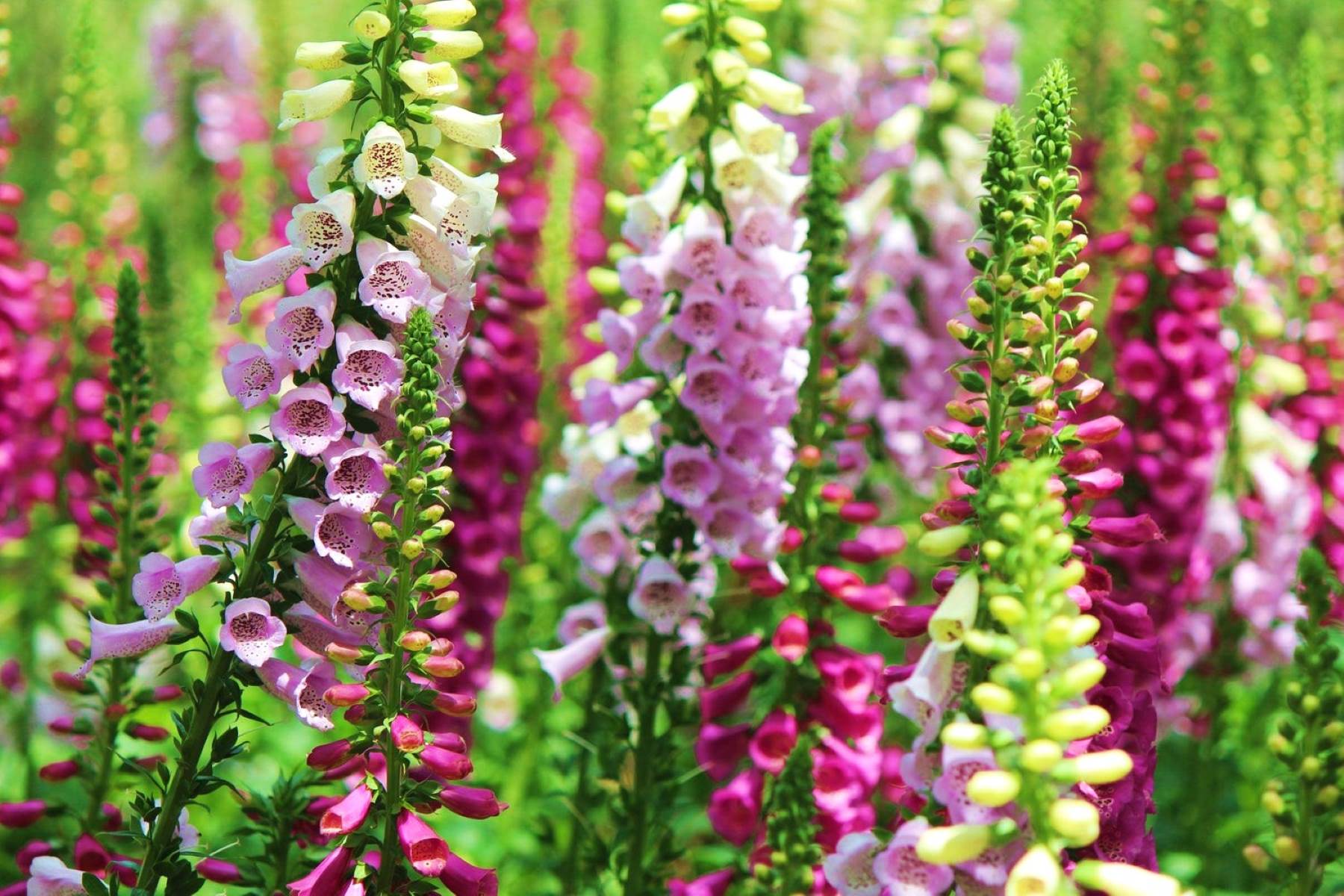
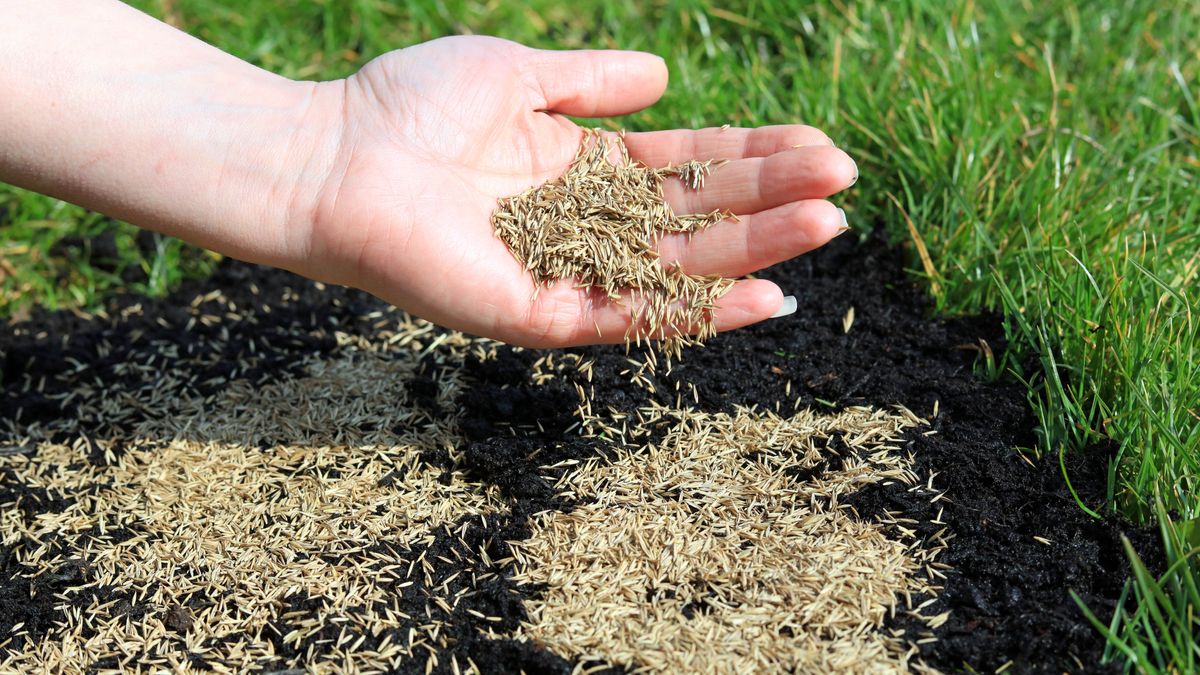

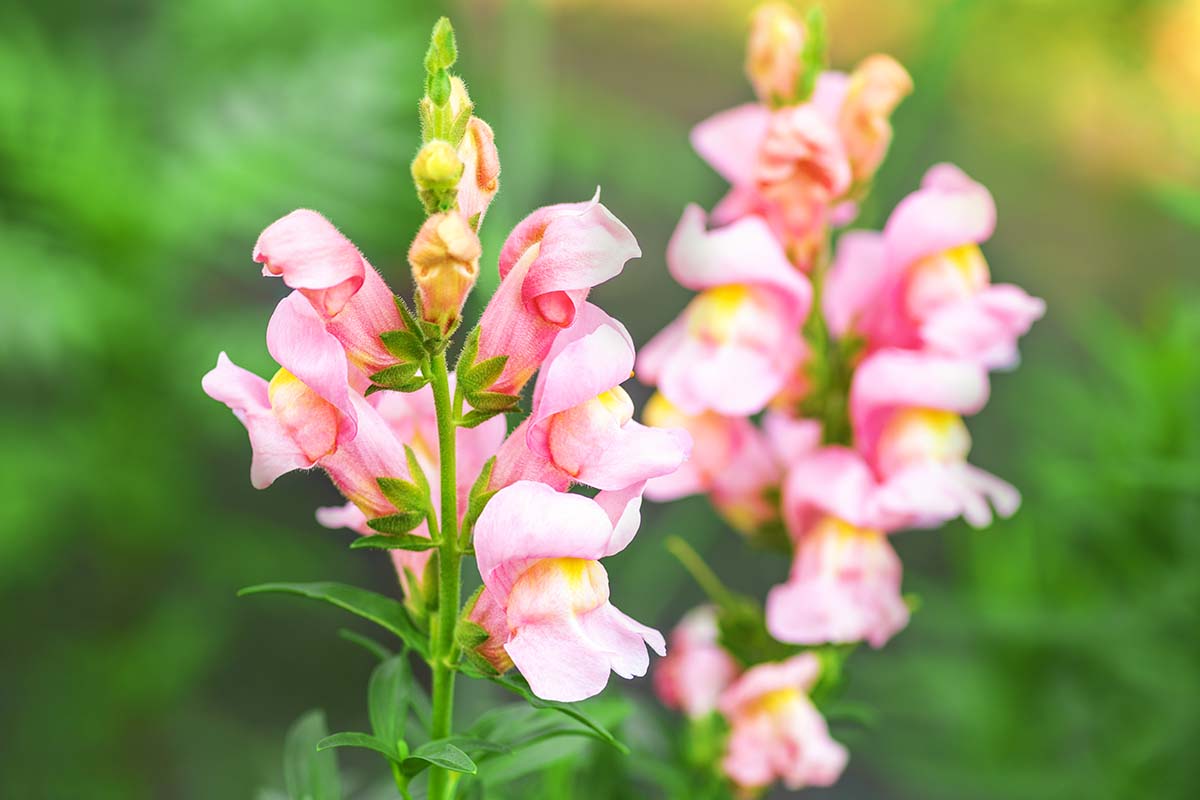
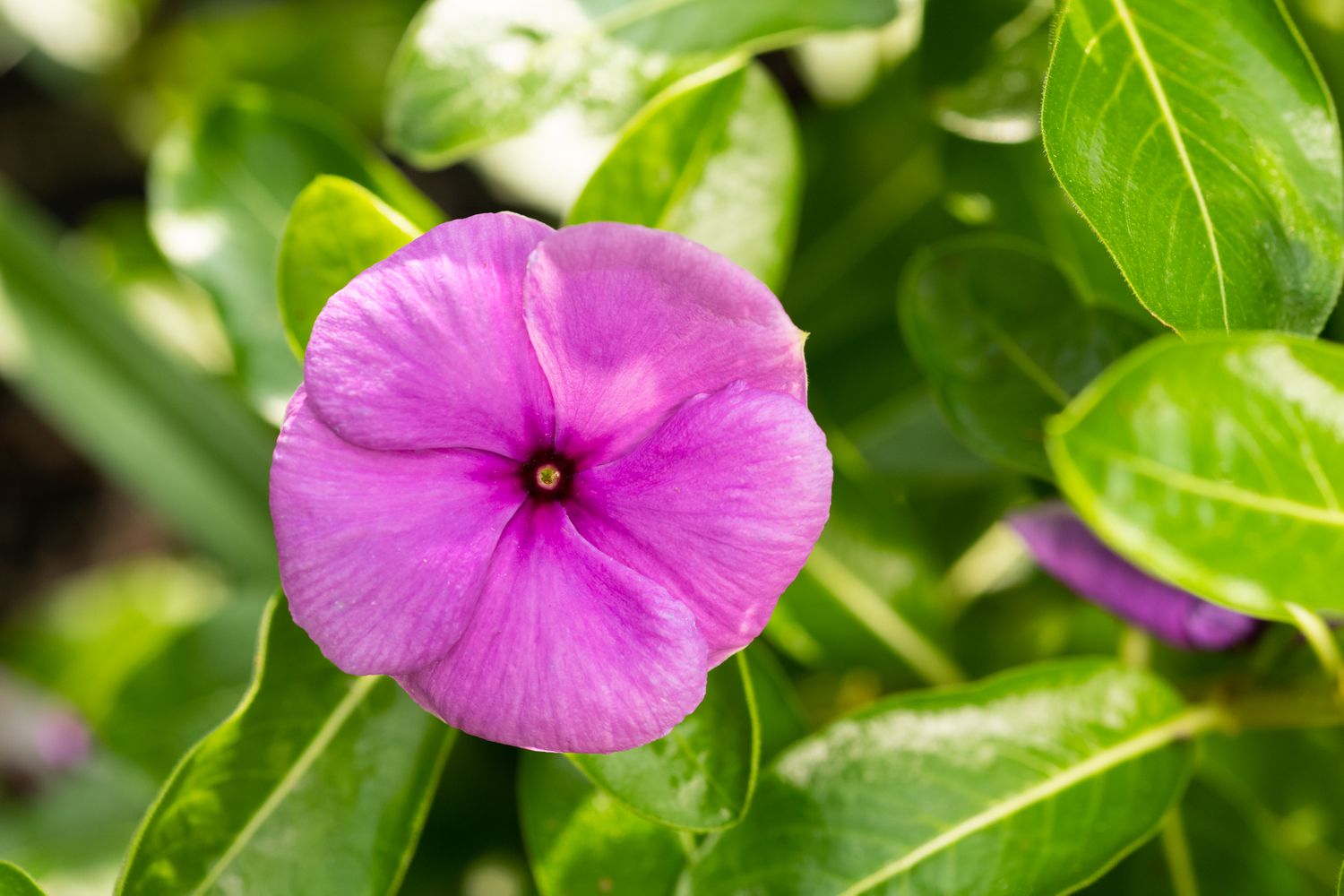
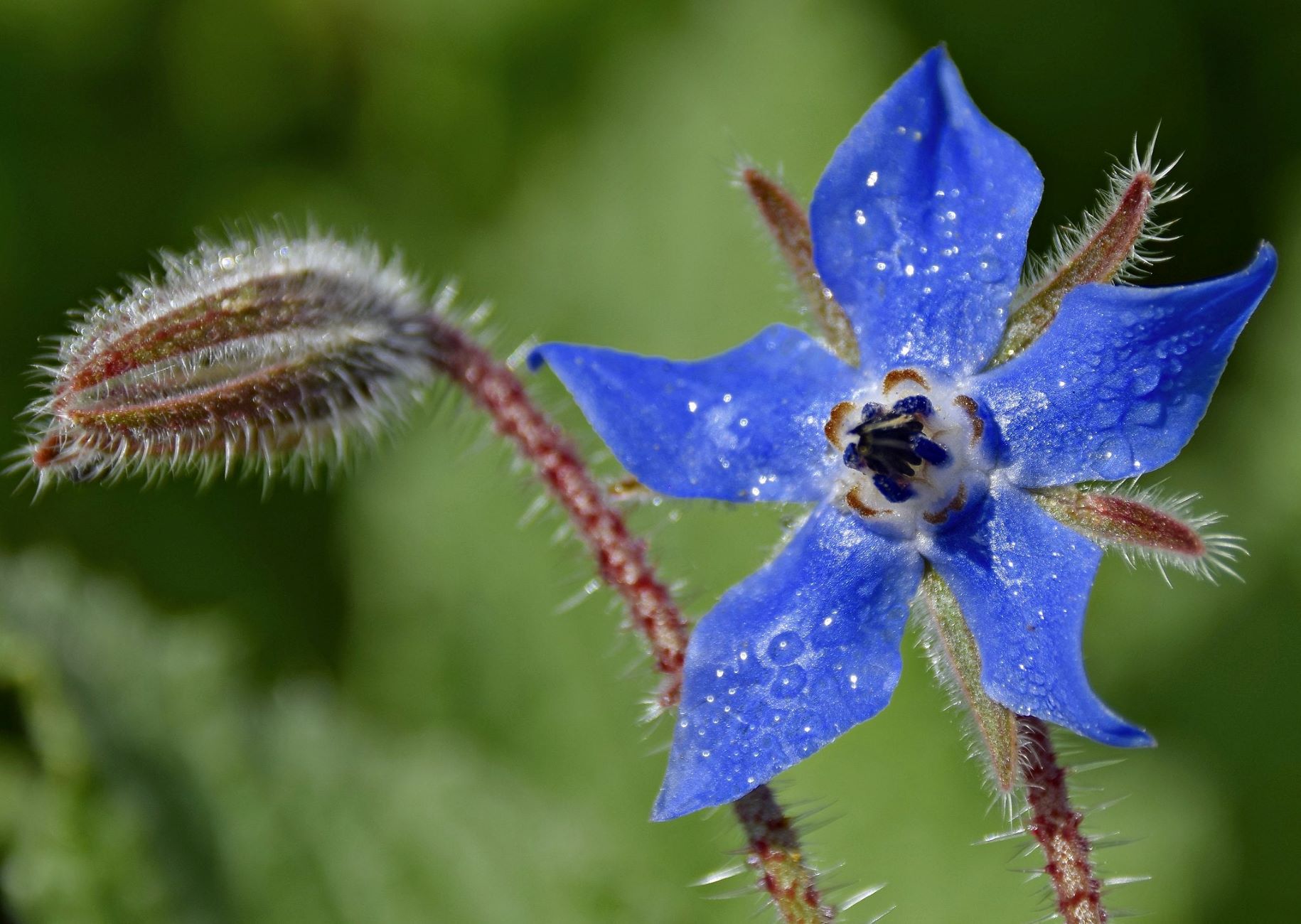

0 thoughts on “When To Plant Grass Seed In Minneapolis”